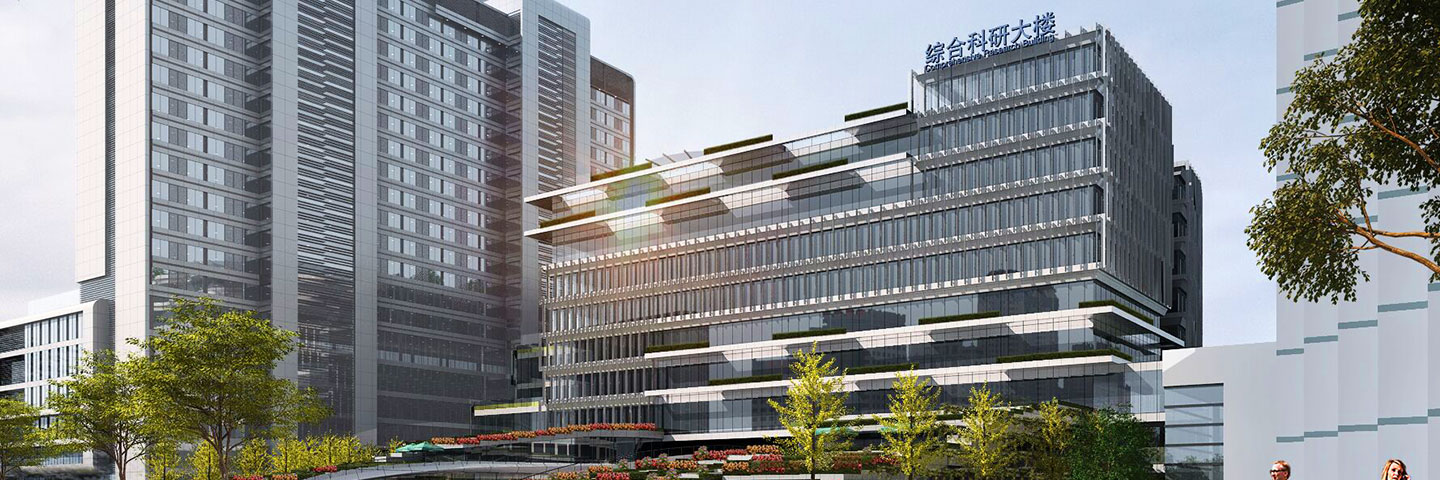The Department of Anorectal Surgery at NINGBO MEDICAL CENTER LIHUILI HOSPITAL is the largest center for the treatment of colorectal and anal diseases in Ningbo, and is one of the key medical disciplines in Ningbo. In the past three years, it has successfully performed more than 4,000 surgeries of various types, nearly 1,500 surgeries a year, and this figure continues to rise. According to the 2019 DRGs statistics of Zhejiang Province, the department ranks the 5th place in Zhejiang Province and the 1st place in Ningbo for colorectal malignant tumour surgery, which is far ahead of its peers. With immense support from the hospital, the department has introduced a large number of advanced equipment over the years: HD laparoscopy system, 3D laparoscopy system, fluorescent laparoscopy equipment, airseal intelligent pneumoperitoneum machine, TEM equipment, and robotic arm. Several projects led by the department stand at the forefront in Zhejiang Province and have filled the voids in Ningbo, such as ELAPE, TaTME surgery, single-hole +1 laparoscopic radical bowel cancer surgery, radical rectal cancer surgery with the left colonic artery retained by intravascular sheath dissection, colorectal surgery under fluorescent laparoscopic navigation, and robotic arm-assisted single-person laparoscopic colorectal surgery. The department has also proposed the theory of "zone-specific treatment" for perianal necrotizing fasciitis, which provides a new treatment protocol to reduce the number of operations and mortality and shorten the treatment duration, with unanimous positive reviews from peer experts.
As one of the municipal centers for the diagnosis and treatment of difficult and serious anorectal diseases, the main interests of the Department of Anal and Rectal Surgery include:
(I) Minimally invasive treatment of colorectal tumors. Leveraging the equipment strength, the department further deepens the technological innovation of laparoscopic colorectal cancer surgery: continuous improvement of the quality levels of anal preservation surgery for low rectal cancer under multidisciplinary vision; modifies TaTME surgical instruments and procedures for the sake of convenient promotion; routinize the procedure of lateral lymph node dissection; constructs a package of measures for anastomosis protection with fluoroscopy, 3D vascular reconstruction and other technologies as the essences; keeps up with the world's leading technologies and continues to experiment with reduced-port surgeries, single-port surgeries and NOTES surgeries. The department uses the TEM surgical platform and endoscopic ESD techniques to perform extensive and total resection against extensive and total resection, so that the patients who would otherwise require resection of intestinal segments are prevented from major surgical trauma.
(II) Combined therapy of terminal colorectal cancer. The treatment protocol formulated upon the privileged resources such as the Department of Oncology, Radiotherapy and Chemotherapy, Hepatobiliary Surgery, Respiratory Medicine, Thoracic Surgery, and Radiology, coupled with exploitation of the multi-disciplinary team (MDT) diagnosis and treatment, would extend the survival time of the patients with terminal colorectal cancer (mCRC) represented by colorectal liver metastasis (CRLM) to the extent possible, or even attain the healing aim. At present, the MDT discussions have been routinized within the department. All patients who require and desire to discuss MDT can seek systematic and combined multidisciplinary diagnosis and treatment opinions, which in turn drastically extends the survival time and quality levels of patients with terminal tumors. The colorectal cancer MDT team of LIHUILI HOSPITAL has been conferred awards in national and provincial contests.
(III) Perianal benign diseases mainly include the treatment of hemorrhoids, anal fissure, anal fistula and perianal abscess. Some new minimally invasive procedures such as procedure for prolapse and hemorrhoids (PPH), RPH, and Doppler-guided hemorrhoid artery ligation (DG-HAL) are performed, which can retain the patient's fine anal function and reduce postoperative complications to the extent possible. Without abandoning traditional surgical methods for anal fistula treatment including fistulectomy, fistulotomy, and ligation therapy, some new techniques including rectal mucosal flap closure and intersphincteric fistula ligation (LIFT) are also routinely performed. The application of these new technologies has drastically improved the cure rate of anal fistula, especially complex anal fistula, reduced the occurrence of sequelae or complications such as anal stenosis, anal defect deformity, and anal incontinence, and improved the life quality levels of patients.
